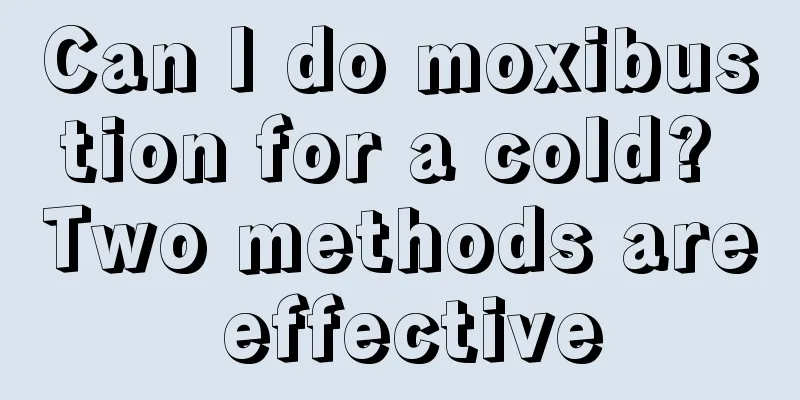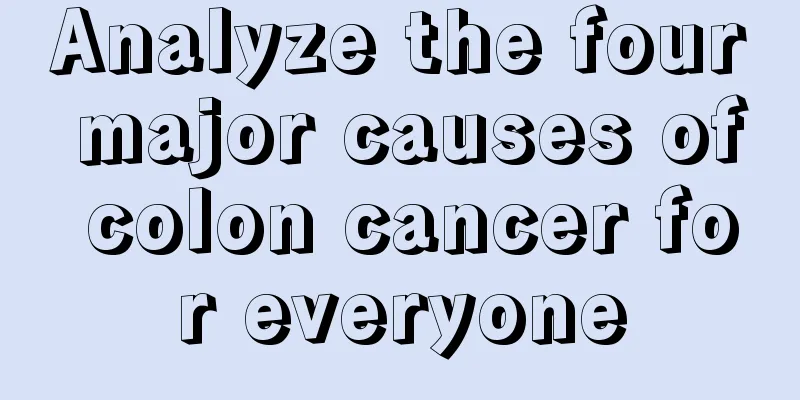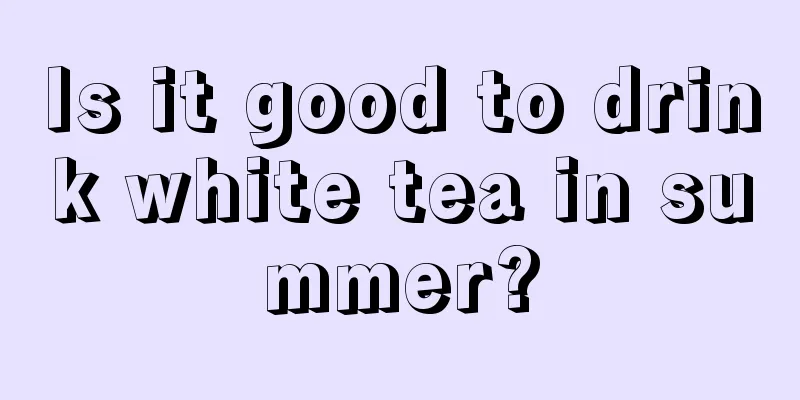Can I do moxibustion for a cold? Two methods are effective

|
Cold is a common disease and does not have a great impact on the body. During this period, you can insist on doing moxibustion. Moxibustion is particularly effective for diseases such as cold, deficiency, and pain. Especially for cold diseases, it can promote blood circulation and relieve pain, dispel cold, and replenish yang. 1. Can I do moxibustion when I have a cold? You can use moxibustion to treat colds. Moxibustion will not be affected during a cold. Just pay attention to actively symptomatic treatment of the cold. Moxibustion is particularly effective for diseases such as cold, deficiency, and pain, especially for cold diseases. Moxibustion has higher penetrating power than ordinary flames, and can promote blood circulation, relieve pain, dispel cold, and replenish yang. The symptoms of a cold caused by wind and cold are superficial and the condition is relatively mild. Generally, the back acupoints on the bladder meridian are selected. Recommended acupoints: bilateral lung points, Dazhui, and bilateral kidney points. The effect will be better if combined with acupuncture. 2. Methods of moxibustion for colds Method 1 Symptoms: severe aversion to cold, mild fever, headache without sweating, clear runny nose, thin white sputum, no thirst, pale red tongue, thin white fur, and floating and tight pulse. Governing Law: (1) Acupoints: Baihui, Dazhui, Fengmen, Feishu (2) Locate Baihui: on the top of the head, on the midline, midpoint of the line connecting the two ear tips, or 5 inches directly above the center of the front hairline. Dazhui: On the back, on the posterior midline, in the depression below the spinous process of the seventh cervical vertebra (the most protruding bone on the back of the neck when you lower your head). Fengmen: On the back, below the spinous process of the second thoracic vertebra, 1.5 inches lateral to both sides. Feishu: On the back, below the spinous process of the third thoracic vertebra, 1.5 inches on both sides. (3) Moxibustion method: Use moxa sticks to gently moxibustion each acupoint for 15-20 minutes until the local skin becomes warm and red and the symptoms of aversion to cold are relieved. Do this 1-2 times a day until the disease is cured. Method 2 Symptoms: mild aversion to cold, severe fever, headache with sweating, runny nose, thick yellow phlegm, thirst, red tongue, thin yellow fur, and floating and rapid pulse. Governing Law: (1) Acupoint selection: Dazhui, Quchi, Chize, Hegu (2) Locate the Dazhui: on the posterior midline, in the depression below the spinous process of the seventh cervical vertebra (the most protruding bone on the back of the neck when the head is lowered). Quchi: When the elbow is bent, the point is in the depression on the radial side of the elbow transverse line. Chize: In the middle of the elbow transverse line, on the radial edge of the biceps tendon. Hegu: It is commonly known as the base of the thumb, where the muscle bulges when the thumbs are put together. (3) Moxibustion method: moxibustion with moxa sticks, 10 to 15 minutes per acupoint, 1 to 2 times a day. When the symptoms disappear, moxibustion can be continued 1 to 2 times before stopping. |
<<: How to practice the Qigong method to strengthen virility, kidney and essence
>>: What harm does subcutaneous bleeding cause? Why is it so serious?
Recommend
How to prevent osteosarcoma in spring
Many diseases will emerge in spring. Osteosarcoma...
What is nasopharyngeal cancer? How to treat nasopharyngeal cancer?
What is nasopharyngeal cancer? How is nasopharyng...
Is primary liver cancer contagious? Three principles for symptomatic care of primary liver cancer
Is primary liver cancer contagious? Primary liver...
What are the methods to remove dental plaque
We all hope to show beautiful white teeth when we...
Which is better, resin teeth or porcelain teeth
When there is a problem with teeth, many friends ...
What happens if you wear your contact lenses upside down
Although contact lenses can be more beautiful, we...
Effects of moxibustion on the ears
Moxibustion has many magical effects. It can not ...
Does thyroid cancer cause itchy throat?
Thyroid cancer is a malignant tumor that originat...
Does a sagging belly mean pregnancy?
Abdominal prolapse is also a relatively common me...
How to use a disposable urine bag
In life, many patients have difficulty in moving ...
Are there risks in pituitary tumor surgery? Pituitary tumor surgery is inevitably dangerous
All surgeries have certain risks, and pituitary t...
Does insomnia mean neurasthenia?
Insomnia is a common phenomenon. Being worried or...
How many days will it take for the baby to have meconium?
When the baby is just born, although he has not e...
What are the early symptoms of colon cancer
Nowadays, the incidence of colon cancer is gettin...
What is the normal sleep quality index?
Many friends have a lot of work pressure, which s...









